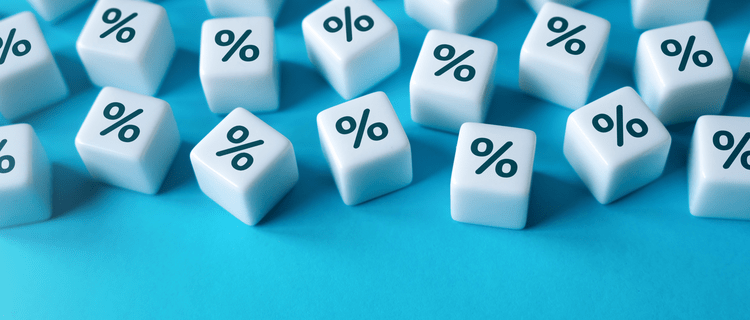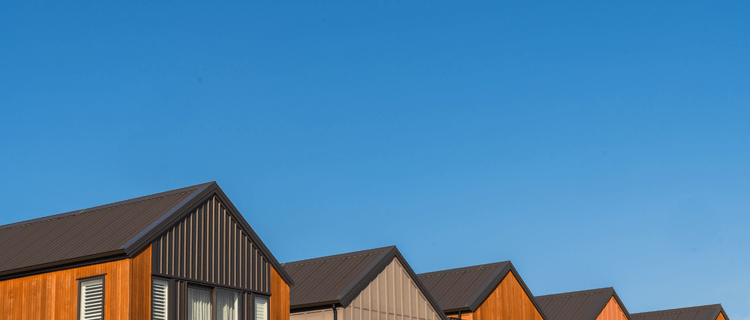Why Experts Say Mortgage Rates Should Ease Over the Next Year
You want mortgage rates to fall – and they’ve started to. But is it going to last? And how low will they go? Experts say there’s room for rates to come down even more over the next year. And one of the leading indicators to watch is the 10-year treasury yield. Here’s why. The Link …
Read more “Why Experts Say Mortgage Rates Should Ease Over the Next Year”





